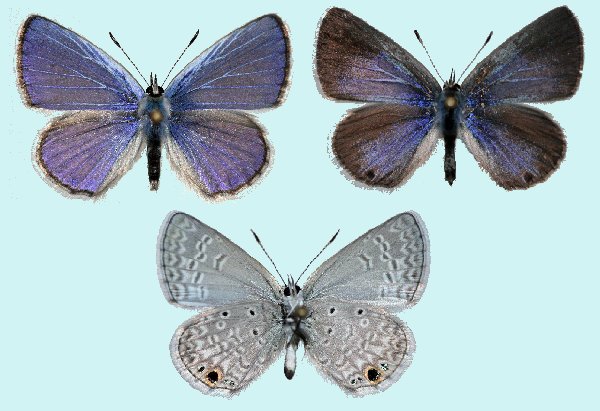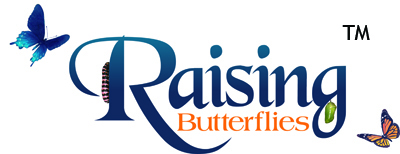Hemiargus ceraunus gyas

Photo Life History: Hemiargus ceraunus gyas
Habitat: Desert Washes; Disturbed Areas.
Host Plants: Melilotus officinalis, Cassia brachiata; Abrus precatorius
Suitable Lab Host Plants: Pisum sativum
How to Find Female Butterflies: Females can be found flying near larval host plant.
How to Care for Live Female Butterflies: Click here.
Methods of Female Oviposition: Twin Cup Method;
How to Find Eggs: Look on Flower Buds
How to Hatch Eggs: Separate eggs individually.
How to Find Caterpillars in the Field:
Caterpillar setups: Closed Container.<--(Scroll down to last four slides on this link.) Larvae feed well and grow rapidly in the lab feeding on snow peas or sugar snap peas purchased from the grocery store. Separate larvae into individual solo cups. Larvae burrow into pods and fruits. Replace frass and host daily.
Larva to Pupa: Larva Changes Color.
How to Find Pupae in the Field:
Number of Broods per Year: Multiple
Overwintering Stage:
Overwintering Strategies:
Post-Hibernation Strategies:
Avoiding Diapause Techniques: Not normally needed.
Disease Prevention: Change out host plant and remove frass every day (or twice a day) when rearing this butterfly in solo cups.
Emergence: Emergence Container
Field Notes: Special thanks to Jack Harry who recommended feeding these legume-feeding blues store-bought snow and sugar snap peas in solo cups. This technique works very well for this species as well as marine blues as the larvae progress rapidly in the lab (egg to pupa in less than three weeks.)

